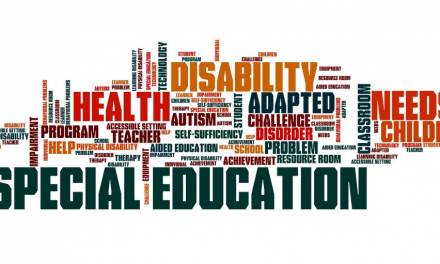Schools that have behaviour challenges often find that the sort of anti-social behaviour that affects the communities they are part of spills over into their school grounds, their corridors and even their classrooms.
Intimidating behaviour, property damage or even alcohol and drug use are all challenges faced by many schools and pose a significant threat to the safe environment that is needed to promote learning and achievement.
While anti-social behaviour is obviously a very complex issue, one contributory factor is a lack of ownership of the community in which the young people live or, in the case of a school, learn.
Prevention is certainly better than cure when it comes to anti-social behaviour and so creating a strong sense of community within a school where students are encouraged to take responsibility for the environment and each other is crucial. Of course, that is much easier said than done.
Some schools have found success with rotas for displays on corridors so that students can choose what is on display and have to keep it maintained. Others have found that a sense of community spirit can be galvanised through sports or music – anything that promotes a team spirit.
You will know what is right for the culture of your school, so focus on the ethos you want to create and sell the message of togetherness.
You could also enlist the support of the local youth service to provide targeted assistance to those at risk of anti-social behaviour. Many local services run courses designed to engage with young people in KS3 in order to teach the sort of skills that ensure they do not become disenfranchised and disaffected to begin with and can be an invaluable agency to work with.
They work well because the people running the programmes will more than likely already have developed positive relationships with the young people through youth clubs and other activities they might have engaged with outside of school.
Those activities are all part of the local authority’s diversionary strategies – as they understand that other way to prevent anti-social behaviour is by keeping those young people who might engage in it busy. This is also true within school.
Most anti-social behaviour occurs during unsupervised or unstructured time, so those are the key times to address. Identify the trigger spots – times, areas or situations and take a problem solving approach to each one individually.
If break times cause problems then create activities that engage on the student’s level, if areas of the school grounds that are out of site become hot spots then make them the new student allotment – get creative and turn problems into solutions.
Finally, consider the sanctions in place for anti-social behaviour. Sanctions that remove the student further from the school community, such as exclusions, may prove counter-productive in the long term. Instead, try to use restorative justice approaches to engage the students in the consequences of their actions.
The biggest barrier to this approach will probably be staffing. Both in terms of providing the time needed to follow through with the process and in terms of getting staff who may have been affected by the anti-social behaviour to agree to the process. Ensuring that the staff feel part of the school community can be just as important as including the students when targeting anti-social behaviour.










